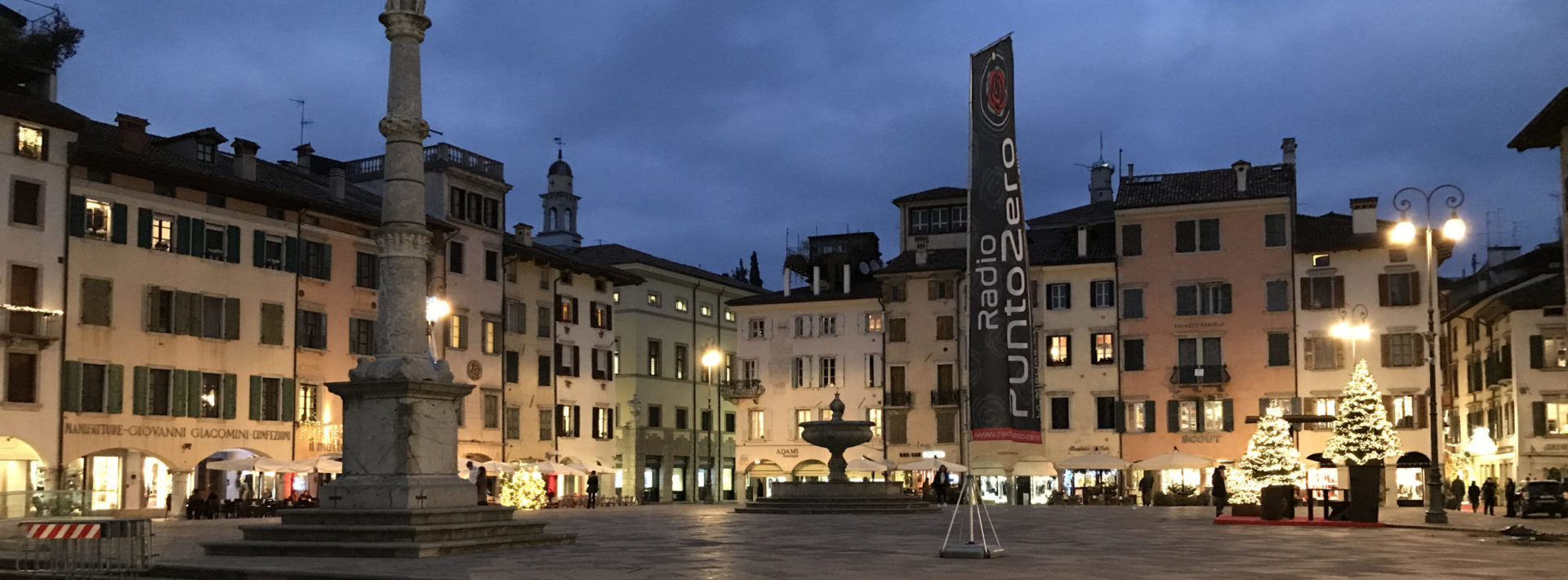MIT Great Barrier Reef Initiative – Home, Home on the Range, where the Cows and the Engineers Play

By Amber VanHemel ’19
After a 45-minute drive, we pulled up to a cattle farm in Woodstock, Australia. However, this is not your typical farm…it is actually a research facility that belongs to Commonwealth Scientific and Industrial Research Organization (CSIRO) and James Cook University (JCU). While the majority of my summer will be spent working on projects and researching issues relevant to marine ecosystems, I always love opportunities to explore a variety of topics. This willingness to learn and explore is what brought me and four other students from MIT’s Great Barrier Reef Initiative to the Lansdown Pasture Research Station in Woodstock.
JCU and CSIRO are collaborating on the Digital Homestead Project, a project that brings together innovative tech and current ranching needs/practices to monitor livestock and understand interactions between the cattle and the environment. Thus far they have conducted a proof-of-concept experiment to explore the capabilities of new monitoring techniques.

One of the cows with ear tags at the Lansdown Pasture Research Station (Photo Credit: John Michael Reyes)
In Australia, monitoring a cattle’s weight is important because there is a weight range requirement when selling them. If the cow weighs above or below the limits of the range, the farmer can incur hefty fines. Oftentimes, the effort to monitor weight precisely isn’t viewed as worthwhile and farmers will just pay the fines rather than spend the time. At their Lansdown facility, researchers have put RFID identifiers in the ear tags of the cattle. To get to their water trough they pass over weight sensor next to an RFID reader that simultaneously records the cow’s ID and weight. All of the data is then transferred to a digital dashboard where you can monitor overall trends in cattle health from the comfort of your chair.

The walkover weigh technology. The scale lays on the ground while the large black box attached to the fence contains the RFID reader. Once the weight is recorded and the cow is identified, the solar panel powered box attached to the pole is responsible for transmitting the information wirelessly.
It was interesting to learn about research pertaining to animals, especially larger animals. Animals aren’t like chemicals, materials, or sensors in that they have brains and behavior and thus, are not easily manipulated. In addition to the technical requirements of the project, researchers had to train the cows to walk over the scale since it was not a part of their natural behavior.
Another project at the facility is looking at feeding cows algae mixed with feed. The algae contains a bacteria that can actually reduce the amount of methane, a greenhouse gas, that cows output. Getting cows to eat algal feed is not as simple as putting it in front of them. It needs to be gradually introduced so that they will naturally adopt it into their diet and adjust.
It’s been amazing learning about applications of sensors and other technologies across numerous contexts and disciplines. And while I enjoyed my time out in Woodstock, I am eager to see what this week has in store for me as I head back to the Australian Institute of Marine Science (AIMS) tomorrow!
Amber VanHemel ’19 is spending the summer in Australia and New Zealand and participating in a new research and engineering project in collaboration with the Australian Institute of Marine Science and James Cook University on the Great Barrier Reef. [/fusion_text]
Share on Bluesky

